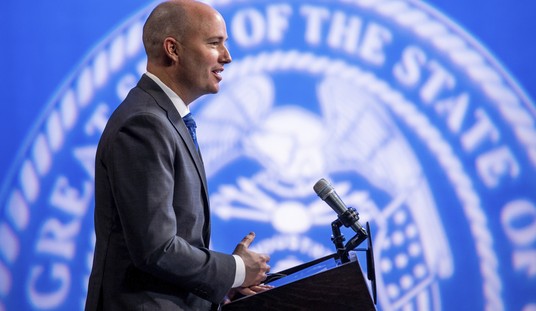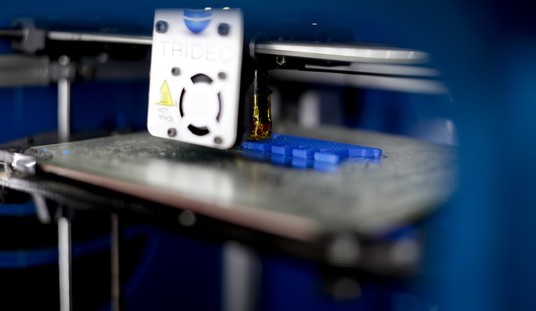A gun dealer who follows all the laws and even his gut may well find out that a firearm he or she sold was used in a crime. It’s unfortunate, but it happens. After all, guns trade hands after the initial sale, so even if you do everything right, that gun might still be used for evil at some point down the road.
It’s not their fault in the least.
However, US News & World Report has a story where the Associated Press is absolutely losing their mind over a handful of guns that were used in crimes after being sold by law enforcement.
A yearlong Associated Press analysis found more than a dozen firearms sold by law enforcement agencies in Washington state since 2010 later became evidence in new criminal investigations.
Identifying guns sold by law enforcement and matching them to new crimes required extensive research and dozens of public records requests to individual agencies.
Using those records, the AP created a database of almost 6,000 firearms sold by law enforcement since 2010. The Bureau of Alcohol, Tobacco, Firearms and Explosives declined to release tracking information on guns associated with crimes, so the AP collected that information from individual agencies and compared it with its own database to find firearms with matching make, model, caliber and serial numbers.
Below are details about guns sold by law enforcement that were later picked up at crime scenes:
More than a dozen guns sold by police since 2010 have turned up used in second crimes, they say. They only list 12, so I’m going to call it an even dozen guns that fall into this category.
Now, that’s 12 guns over seven years. I say seven because 2018 is so new, it would be unfair to count it as being part of these numbers, and I don’t want to be unfair now, do I?
That’s 12 guns over seven years, or 1.71 guns annually. Let’s be generous and call it two guns per year, just for the sake of argument.
That’s two firearms that police sell back to licensed gun dealers every year that turn around and are used in crimes again.
The total number of firearms sold.

Both the AP and the Seattle Times report that the total number of guns sold back to the public is “nearly 6,000.”
That suggests that a whopping 0.2 percent of those firearms sold were used for nefarious purposes a second time. Let’s also note that at least one of these nefarious purposes is a suicide, which really should nudge the percentage down a bit. After all, a suicidal person is still suicidal, regardless of whether they have a gun or gravity.
That means 99.8 percent of the guns sold back to the public are used for lawful purposes. I’m sorry, but the only time that’s not a great success rate is when you’re talking birth control and you suddenly find out you’re about to be a mama or a daddy. That’s about it.
Why hide the reality?

Why would the Associated Press try and hide the reality? Why not just report their findings and let us debate it out in the court of public opinion?
Because if the information is presented in the proper context they can see that it’s a nonexistent problem. While 0.2 percent is significant if you lose someone you care about to one of the 0.2 percent of firearms found to be used in crimes a second time, it’s not for most people. The probabilities of being impacted feel like they’re on par with being struck by lightning or hitting the lottery. It’s just not that big of a problem and most people can see that…if they’re given the right information.
So, the AP writer opted to downplay that.
I’m sure, if asked, they’d say it wasn’t relevant and that the story is really about the times they are used in second crimes, but that’s bull. The percentages weren’t included because then you could tell that it’s a non-issue.
That’s not what the media wants you to believe. They want you to be fearful. They want you to be scared. Scared people push lawmakers to do something. People who figure there’s not a problem, don’t.
This isn’t journalism, it’s activism. Plain and simple.
While I don’t have a problem with activist journalists, I do have a problem with them presenting themselves as unbiased when they’re anything but. They then pretend they only go where the facts lead, yet it’s funny how often we find facts that directly contradict their narrative.
Seriously, it’s not even that difficult most of the time.
(An earlier version of this article asserted the AP failed to note the total number of firearms sold. This, of course, was not accurate and the article has been changed to reflect this.)








Join the conversation as a VIP Member